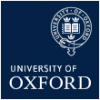Under AeroCom’s Phase I, the aerosol modeling community self-organized to participate in a model comparison project using common diagnostics and a common analysis. This analysis gave us new insight to the range in model representation of aerosol distributions, properties and resulting radiative forcing, and provided some insight as to the sensitivity of these fields to different processes. In addition, a database is now available which allows us to study model progress and get back to earlier model results. A common, automated visualization of model detail is in place for comparison of both past and future model runs and observational datasets. However, the analysis under AeroCom’s Phase I made it clear that in order to understand the remaining significant uncertainty in model-derived aerosol radiative forcing, a refined set of model diagnostics is needed. These diagnostics have been established for AeroCom Phase II (described above, and given in more detail on the AeroCom website), and we hope for enthusiastic participation by the modeling community. These new experiments are designed to complement ongoing work for the IGAC Atmospheric Chemistry and Climate initiative and to contribute directly to the next IPCC Assessment Report. Work is also needed to improve the observational database to test aerosol models and to better understand key processes that affect aerosol distributions and properties. As for measurement campaigns, satellite missions and networks, it is still needed to organize a framework to achieve reliable, comparable results from the internationally available models. We would like to note that a unified aerosol model is neither possible, nor useful at this point, given that there is still considerable uncertainty in how to best represent key processes. Results from AeroCom Phase I instead indicate that ensemble runs of a diversity of models is more useful at this juncture. Finally, we would like to note AeroCom wouldn’t have come all this way without considerable enthusiasm and devotion from the modelers. But also as crucial to this process has been the challenge to the modeling community by colleagues providing aerosol observations from space and ground as an integral part of the AeroCom workshops. In particular we wish to pay homage to Yoram Kaufman for his inspiring contributions in this context. Further progress in reducing uncertainties in aerosol’s role in climate will require us to continue to look into new and inspired ways of integrating observational data and model results.




